This episode features a conversation with Jason Lemkin, Founder and CEO of SaaStr, and Amelia Lerutte, the company’s Chief AI Officer, hosted by Kraig Swensrud, Founder and CEO of Qualified.
Jason and Amelia share how SaaStr scaled from zero to twenty AI agents in under a year, what they learned about training versus tooling, and why the companies that act fast—even imperfectly—are the ones winning the agentic revolution.
They dive into how agentic AI is changing the fabric of go-to-market strategy, why speed of deployment now matters more than perfect execution, and what it really takes to manage a team of twenty digital agents working 24/7.
Key takeaways:
Training > tool selection
Jason’s biggest revelation came after hundreds of hours spent testing and iterating: the key variable isn’t which vendor you choose—it’s how you train.
“Training’s more important than the tool,” he explained. “You can’t just plug in a product and expect magic. You’ve got to commit the time.”
Whether you’re running sales engagement, marketing automation, or customer support, Lemkin argues that success comes from depth, not breadth. Pick one tool, train it daily, and watch it compound.
Start small, then go deep
SaaStr’s journey began with a single prototype—the “Jason I,” a digital clone built on years of social posts, blogs, and YouTube content. It started as an experiment but quickly became a cornerstone of their operations.
That early horizontal agent taught the team how to structure, prompt, and measure success before expanding to vertical agents for inbound, outbound, event operations, and sponsor support.
“You’ve got to stair-step it,” Amelia shared. “Get a win under your belt, then go deeper.”
Today, SaaStr runs 20+ agents autonomously performing work that once required multiple employees—and they’re not slowing down.
The new layup roles
Jason and Amelia call these “layup” roles: the high-impact, low-coverage tasks that no one in the organization truly owns. For SaaStr, that included inbound qualification, sponsor outreach, and support response.
Those functions became early proving grounds for AI. The result? More responsiveness, higher conversion, and consistent engagement—all without expanding headcount.
“The agents don’t sleep,” Amelia said. “But I do—and they still sell tickets overnight.”
The clock is ticking
Lemkin’s warning to go-to-market leaders is blunt: there’s no more room for spectators.
“If you don’t have something agentic in production by Halloween, you’re already behind,” he said.
His advice to CMOs and CROs is to stop learning AI and start doing AI. Deploy one use case, train it manually, and iterate every day.
“Buying a subscription to Claude doesn’t count,” he added. “You have to deploy it yourself, hands on keyboard.”
The bigger picture
What SaaStr is proving is that AI agents aren’t a side experiment—they’re the new GTM infrastructure. In their model, agents are now accountable for pipeline generation, ticket sales, and customer engagement, freeing up human teams for strategy and creativity.
It’s a vision of marketing and sales where AI is the doer—and humans become the thinkers.
The takeaway: The agentic era isn’t coming—it’s here. The teams that win won’t be the ones with the best tech stack. They’ll be the ones who had the courage to start, the discipline to train, and the urgency to move.


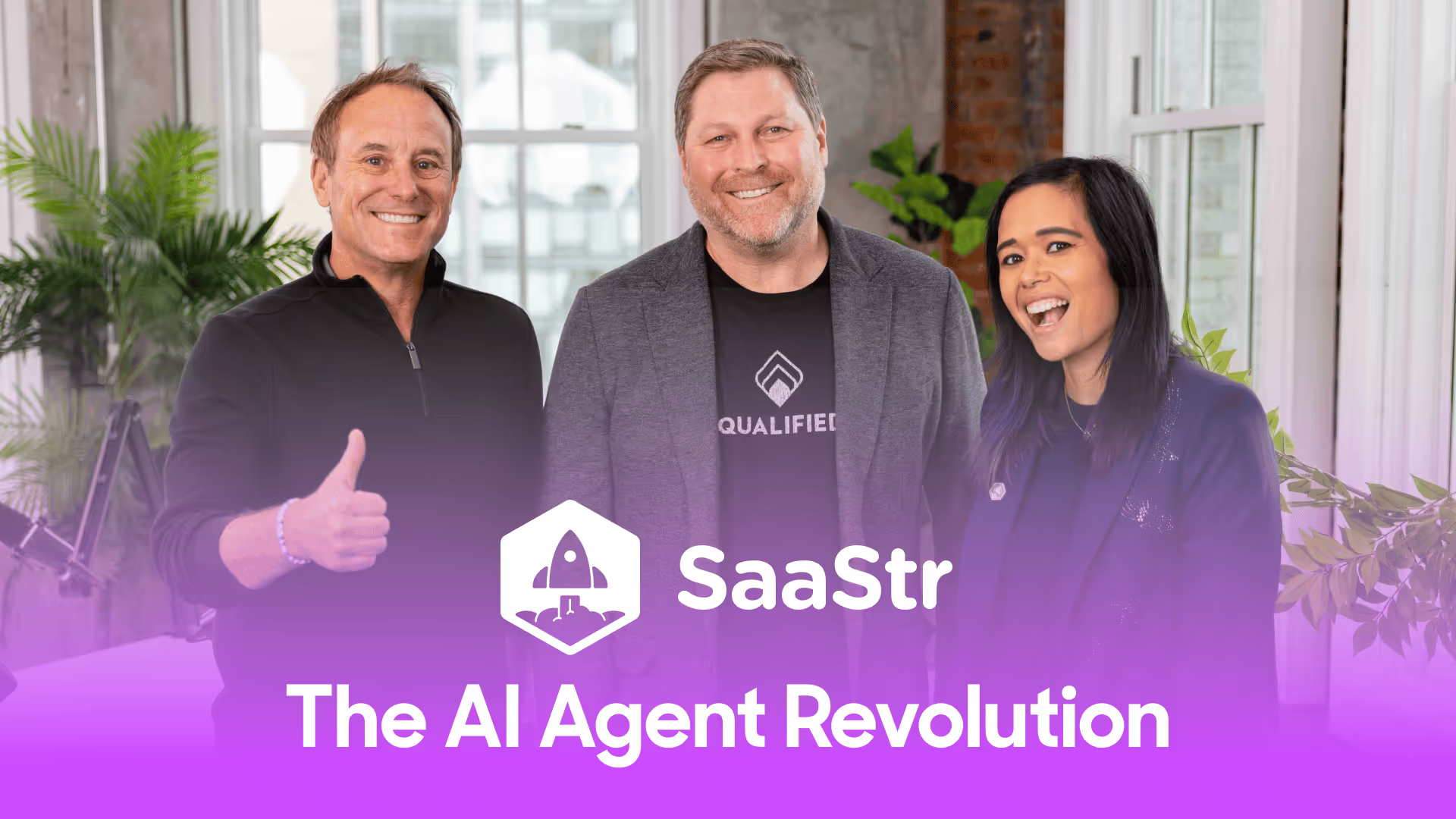






.avif)
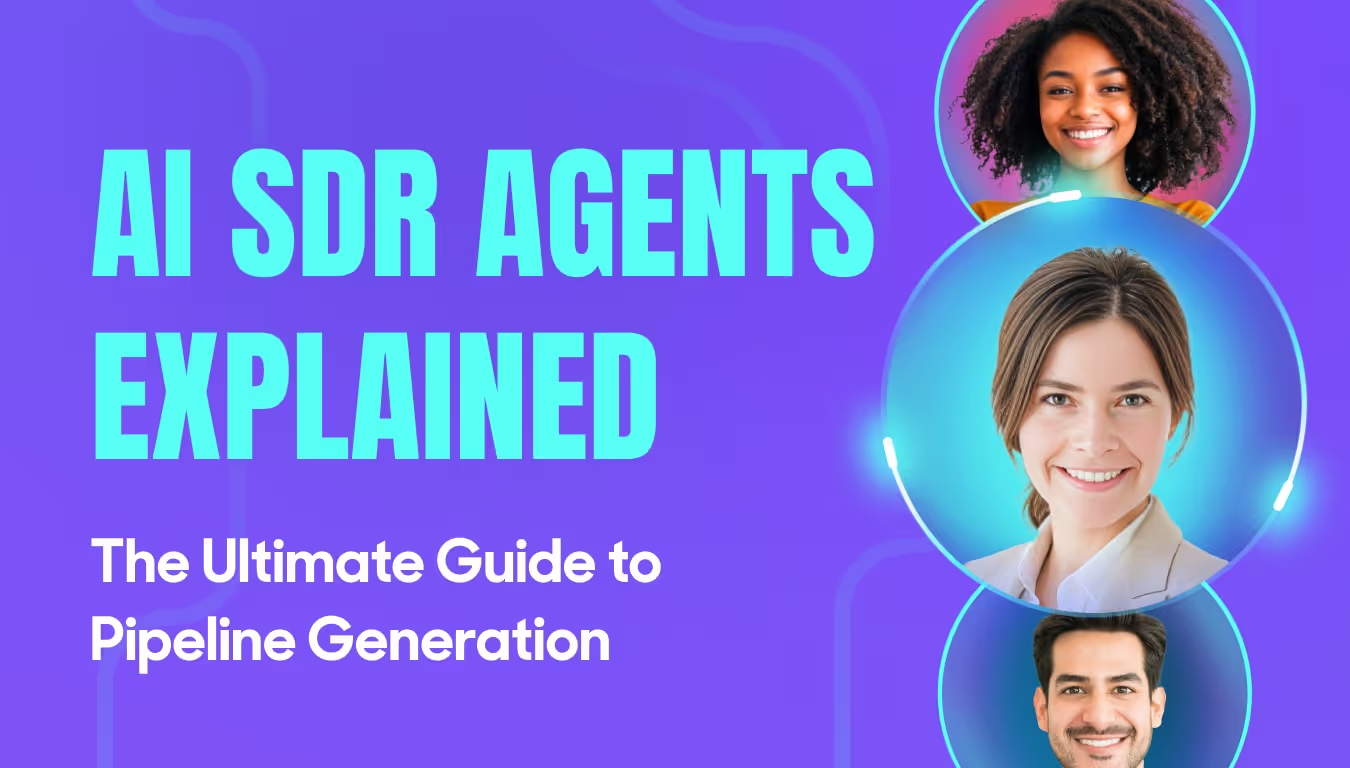




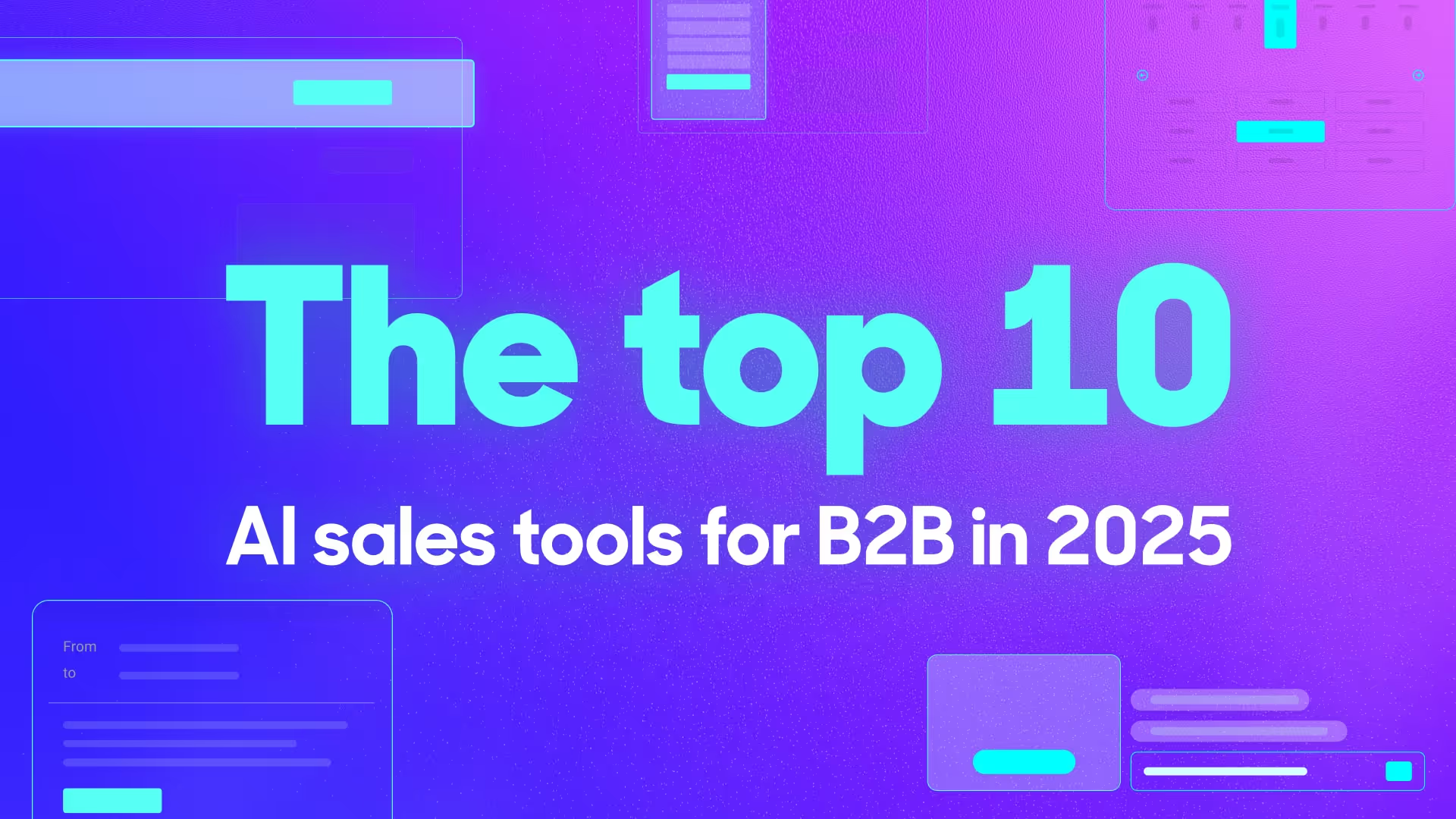
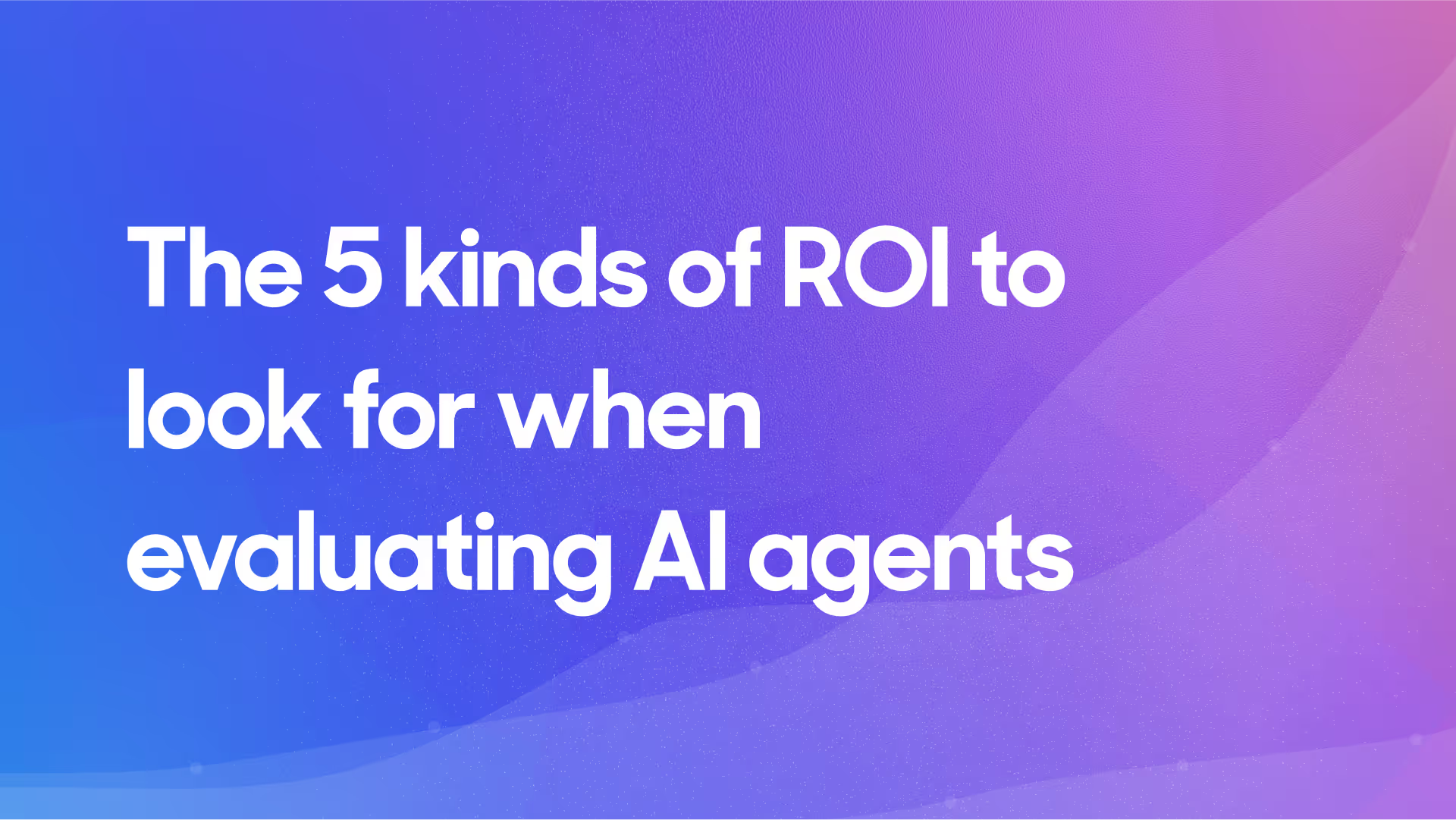
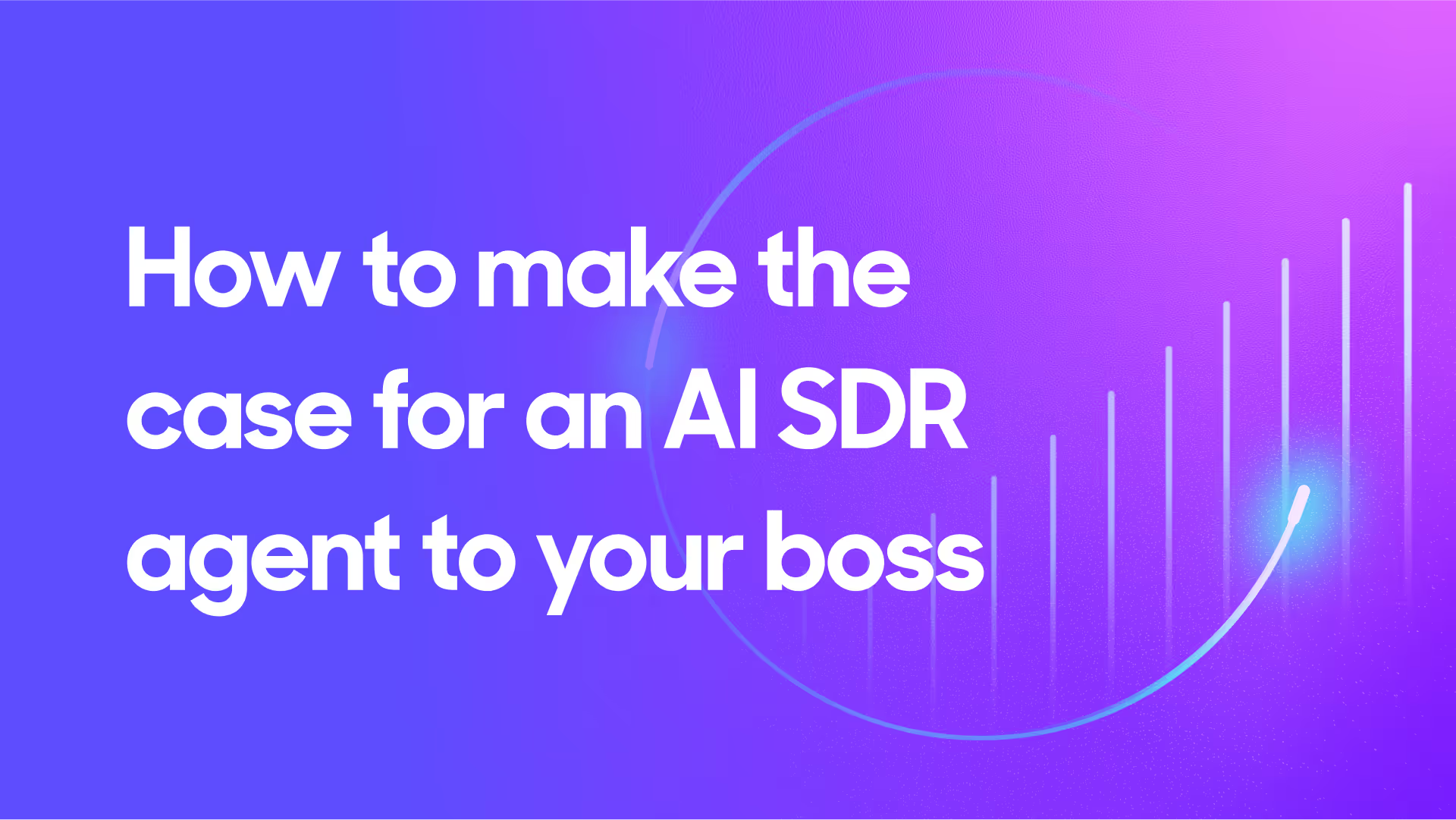
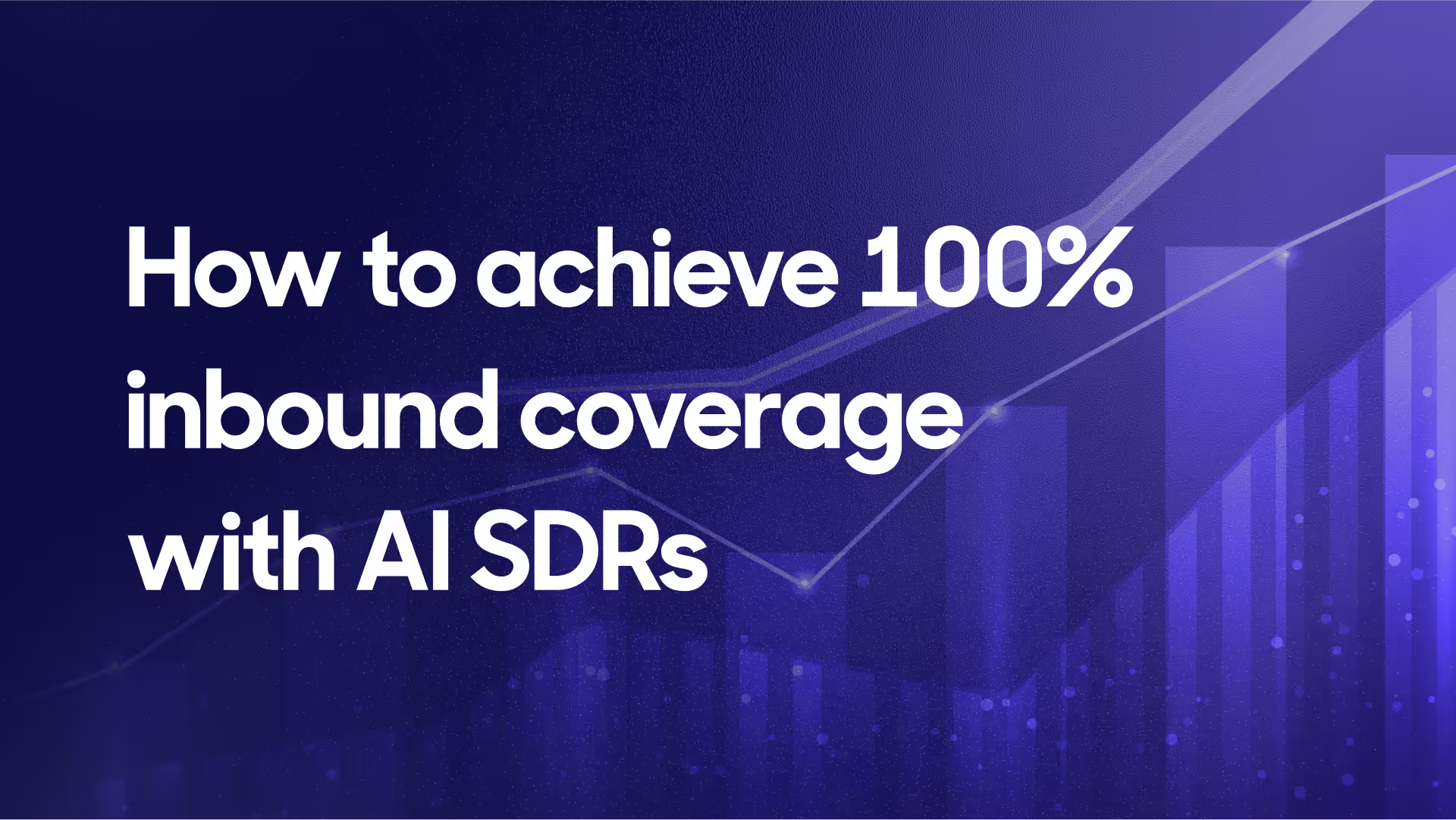

.avif)
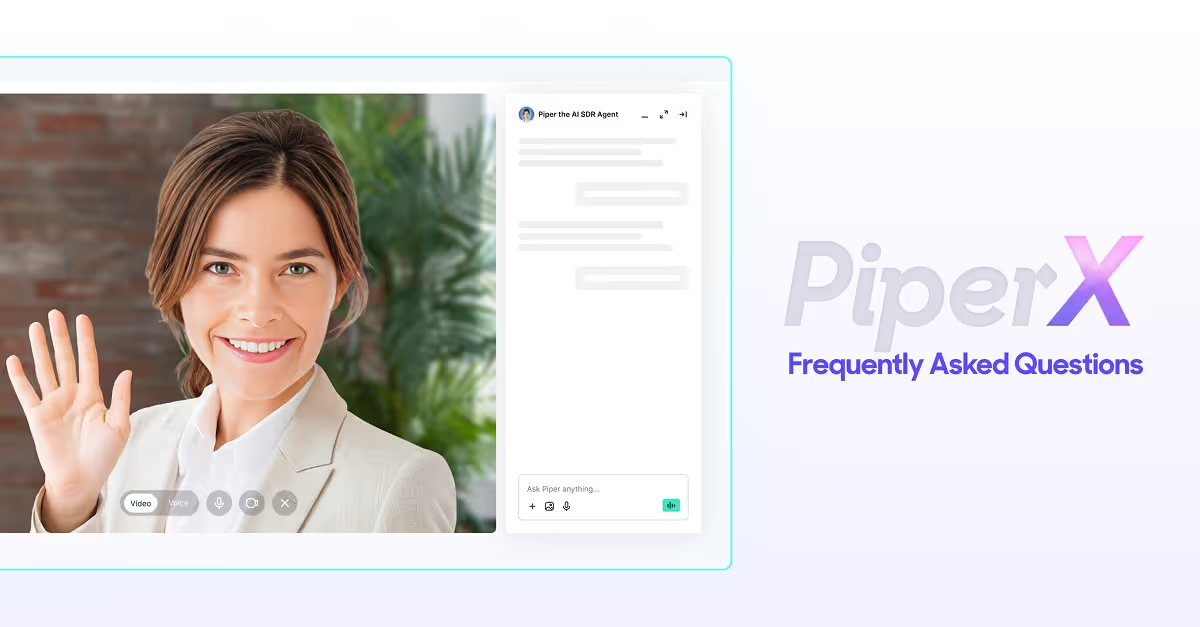

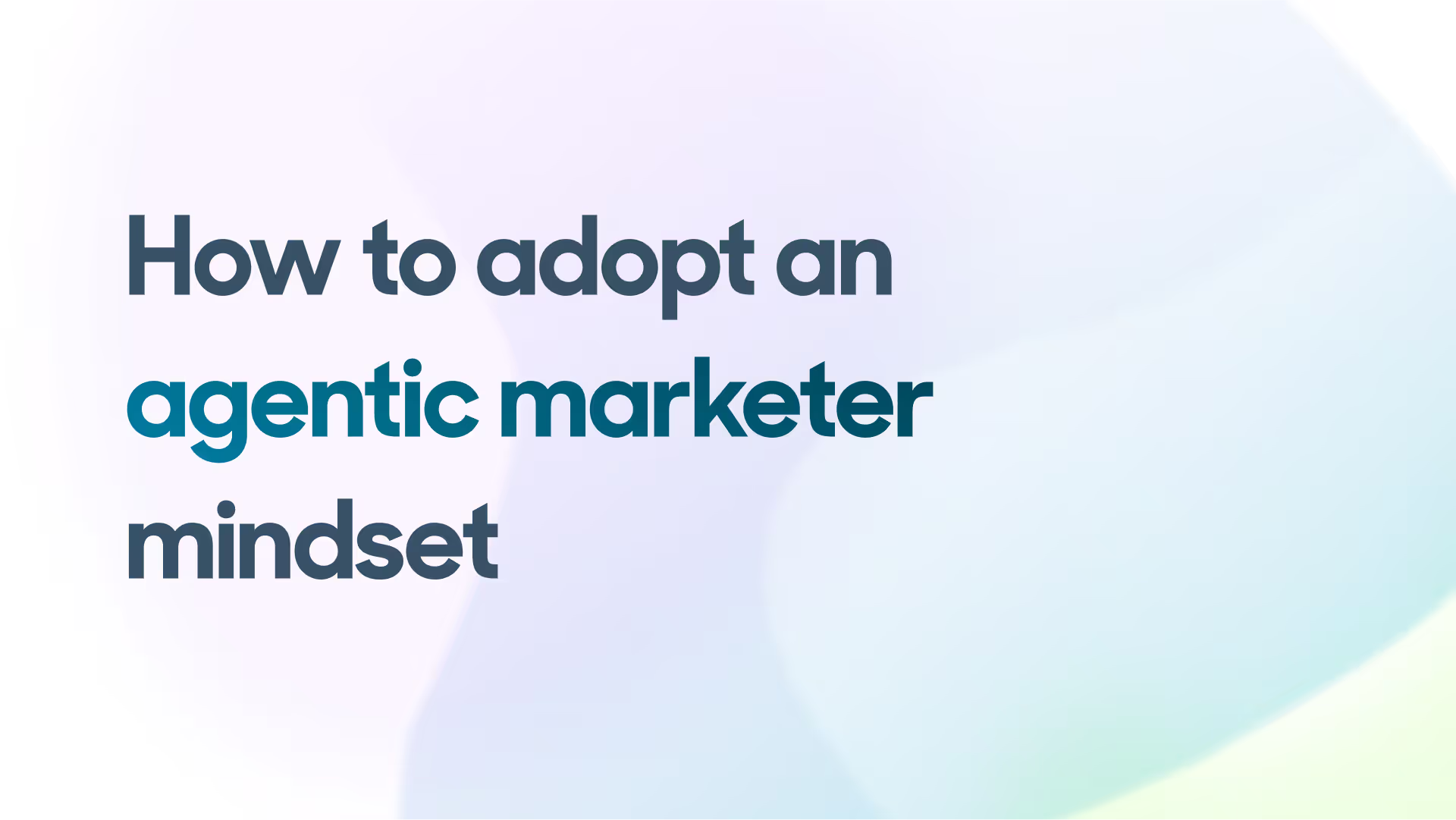





.svg)


